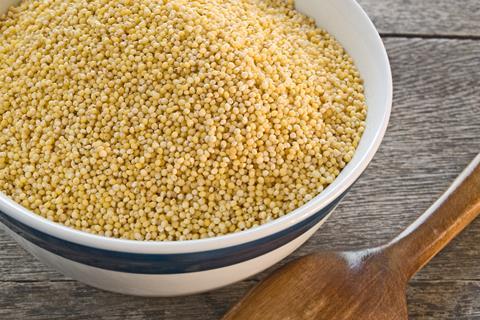
Uber-nutritious and climate change-resistant, millets have been labelled a “smart food” – good for you, the planet and for farmers. So much so that the UN has declared 2023 The International Year of Millets. Governments, businesses and NGOs are gearing up to make this underrated cereal a shopping list staple. Supermarkets need to prepare.
Why the hype? Millets are the silver bullet of grains. Packed with vitamins, iron, calcium, fibre, proteins, antioxidants, and proven to lower cholesterol, they can prevent lifestyle diseases and malnutrition. A boon for diabetics, millets also raise blood sugar slowly, rather than in sudden spikes.
There are eco bonuses too – millets’ water footprint is 30% less than maize and 70% less than rice. A hardy seed, the UN lauds their ability to grow in drought conditions. In sub-Saharan Africa, for example, where 40% of maize crop land is predicted to dry out, millets could provide the food security the region needs – nutritionally and economically.
Transforming the tropics
Millions of tropical farmers suffer crippling debt. The toll on mental health has made headlines the world over – in the Cauvery basin in southern India, the situation is so dire that 47,000 farmers have committed suicide in the past 15 years. As tropical rivers are drying out, the soil is no longer fertile enough to produce regular, profitable rice crops.
The UN sees millets as part of the solution. Where rice crops drain huge amounts of water from rivers, millets take significantly less. So efforts are being made to boost demand, and develop the systems and infrastructure needed to make this versatile crop a viable alternative.
There have been notable successes. In the Cauvery basin, a campaign founded by Isha Foundation called Cauvery Calling is urging farmers to grow millets alongside trees, in a shift to agroforestry. This has diversified their incomes, which have grown an astonishing 300%-800% – and what’s more, water tables on the farms have risen. Extra trees boost the soil’s water retention and the groundwater levels that feed the river. Thanks to a minimum assured income for farmers growing millets, announced by the Indian government, millets are on the rise.
The campaign’s founder, Sadhguru, emphasises that “Cauvery Calling is not just for Cauvery” – it’s a blueprint for reviving any tropical river. “Once it becomes an economic success, after that it will just happen everywhere.” India’s government has drawn up a policy plan so similar schemes can be launched nationwide.
Still, many worry that there isn’t the necessary infrastructure for a sudden, global, quinoa-sized boom. And they’re right. But investments in research, cultivation practises, harvest technologies, value addition and food processing are happening.
Take India’s ‘Millet Mission’. The state of Chhattisgarh is the latest to pledge to revitalise traditional millet farming on a scale that meets large demand. Through financial incentives, input assistance, access to expertise, the latest technologies, and systems to aid public distribution, the state is vying to become India’s ‘millet hub’ by 2023.
As western consumers increasingly expect sustainable options, millets will meet those demands. A shocking 40% of an average European’s water footprint comes from agriculture and industry outside the continent, due to diets rich in grains like rice. In the not-so-distant future, supermarkets should add names like foxtail, sorghum, ragi and more to their shelves.


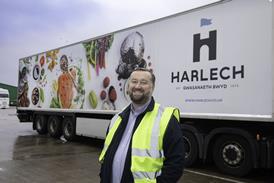




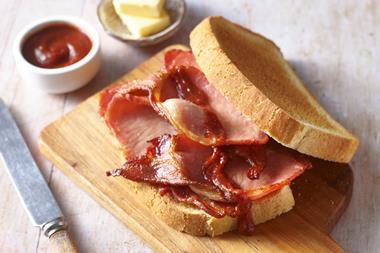
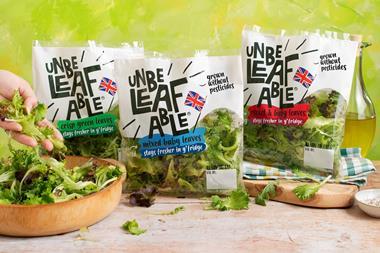






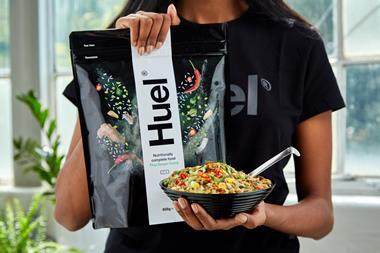



1 Readers' comment